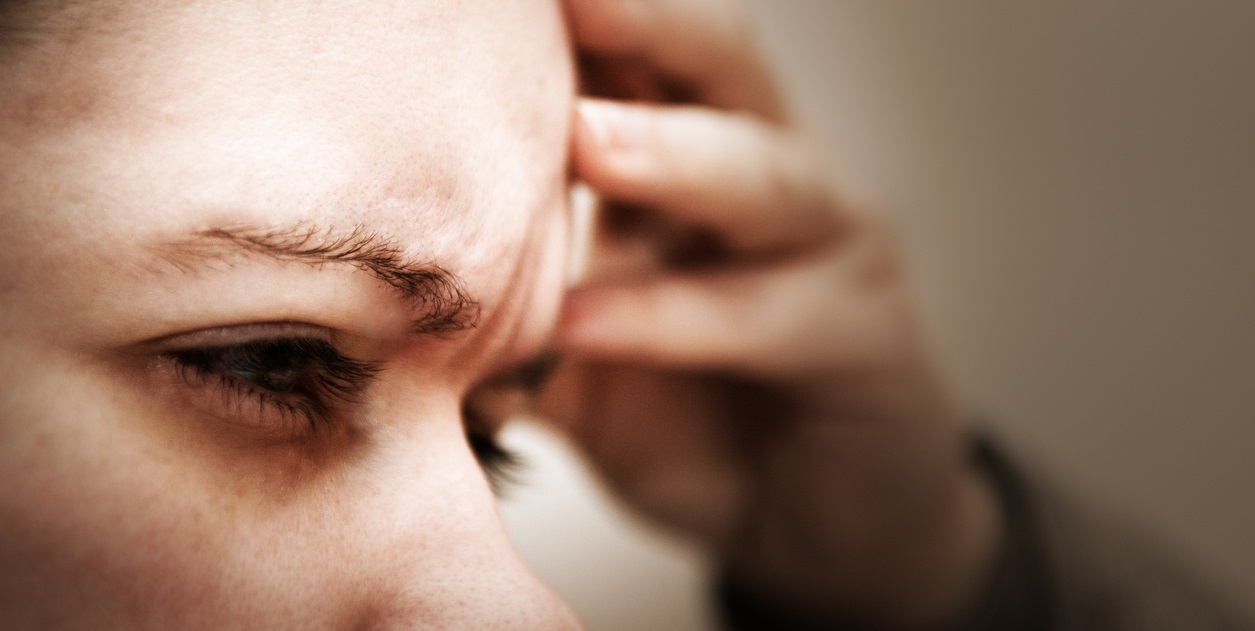There are two main kinds of headaches: primary and secundary ones. Primary headaches are the most numerous, while secundary ones are symptoms of some disease.
Migraine, tension headache and cluster headache are the three primary headaches. Doctor Vincenzo Tullo, neurologist and Supervisor of the Headache Day Hospital at the Humanitas LAB, has given us information about cluster headaches. A rare disease that is both complex and crippling.
“Cluster headaches are not very common. It affects 0.2 or 0.3% of the population in many countries. It mainly affects men, typically aged between twenty and thirty years”.
Active periods and remission periods
“This headache has active periods (the so-called clusters), with extremely violent bouts of headaches, and remission periods. Active periods generally last about two months. The single bouts though, last from a minimum of 15 minutes to a maximum of 3 hours. Bouts may happen once a day, or even 7-8 times in the same day. Remission periods are very short for some patients (becoming a chronic disease in its own right), while for others they last some months or even years.
Pain is unilateral and localized in the orbital region, that is to say in the eye. Other symptoms are eye redness, lacrimation, rhinorrhea (runny nose), eyelid ptosis, face and forehead sweating. In addition to pain, this headache is so violent that it also makes the patient feel disquieted and restless. The only solution is taking specific painkillers to fight the pain or make the situation better. Remedies for people who suffer from normal headaches, such as lying down in the dark, keeping the eyes closed or staying in a quiet place, are totally ineffective”, Doctor Tullo points out.
The role of the change of seasons
“The change of season can affect active periods because the daylight and darkness hours change in quantity. The explanation depends on a pathophysiologic hypothesis regarding cluster headaches. In fact, this disease reportedly involves the hypothalamus, one of whose functions is regulating biological rhythms. Thus, the changes in daylight hours may affect it. Patients with cluster headaches have a structural alteration in their posterior hypothalamus. This may lead to a drop in the production of melatonin and the alternation on the cortisol hormone, with a consequent increase in its production during a cluster in a single day. The reported involvement of the hypothalamus may also be supported by the fact that people resort to lithium which accumulates in the hypothalamus itself, in order to cushion each crisis”, the specialist says.
A pharmacological therapy for cluster headaches
“The management of this disease is quite difficult, and there is no permanent cure for patients who suffer from a chronic form.
In general, we treat patients with dedicated painkillers. Sumatriptan, i under the skin and effective after 10-15 minutes, indomethacin and oxygen. Then follow is a preventive therapy, that involves taking specific medications (lithium, verapamil, cortisone, antiepileptic drugs) at the beginning of the cluster in order to decrease the number of crises.
A therapy is under advanced sperimentation all over the world. It involves an antibody to block the peptide that is related to the calcitonin gene (CGRP), a substance involved in the disease”.
The surgical options
“According to each case, patients may also undergo surgical treatments. Deep brain stimulation intervenes on the posterior hypothalamus. It is an invasive solution, only to critical, drug-resistant patients. Among other options, are the stimulation of the greater occipital nerve and the injection of anaesthetics and cortisone both in the greater occipital nerve and in the sphenopalatine ganglion. The ganglion nerve, part of the trigeminal nerve and located in the nasal cavity.
Then, it is important to remember that patients with cluster headaches have to love themselves, thus paying attention to their lifestyle. They should avoid smoking and drinking, sleep regularly, eat in a balanced way and try to keep stress under control”, Doctor Tullo points out.
-
3,400 Physicians
-
110,400 Annual surgeries
-
190,400 Annual Inpatient Admissions
-
928,000 Patients


